epiphyte
seydoux
10 years ago
Related Stories
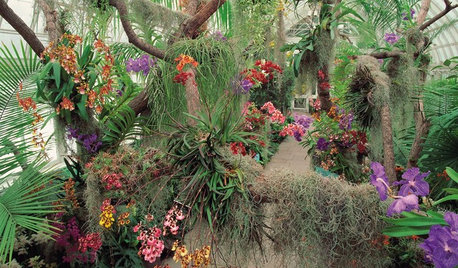
FLOWERSSee the Amazing Orchids Unfolding at a New York Garden Show
Get an eyeful of awe-inspiring orchids in incredible colors and learn how to keep one happily blooming at home
Full Story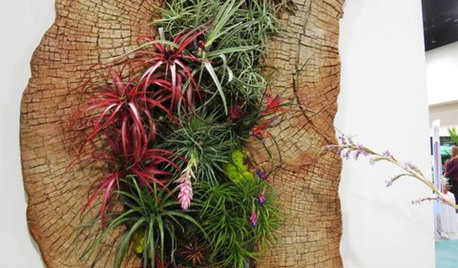
DECORATING GUIDESAir Plants Go Easy on Indoor Gardeners
If your best intentions leave stalks barely breathing, embrace blissfully easy air plants to bring a living garden to your home
Full Story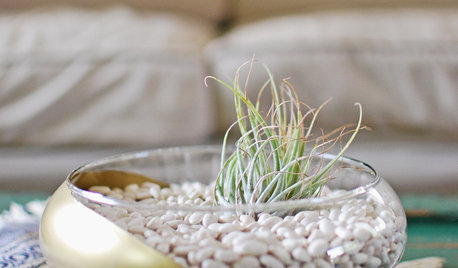
CRAFTSBowl Over Guests With a DIY Air Plant Terrarium
Air plants don't need much attention, but they'll get it anyway with a snazzy, gilded home you make yourself
Full Story
DECORATING GUIDESPalm Trees Take Interiors on a Tropical Vacation
Conjure a sultry vibe or bring welcome life to modern rooms. Whatever your interior design style, palm trees are the ticket to enhancing it
Full Story
GARDENING GUIDES10 Reasons to Love Vertical Gardens
Boring patios and lackluster views, begone!
Full Story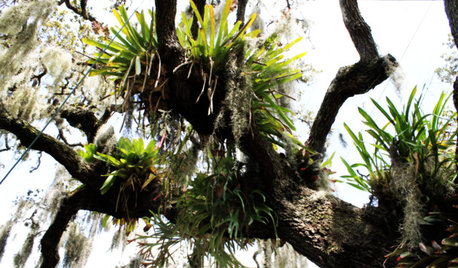
GARDENING GUIDESGot a Hot, Humid Landscape? Add Tropical Flair With Air Plants
Turn tree trunks and walls into lush canvases with plants adapted to the canopies of the rainforest
Full Story
HOUSEPLANTSHow to Grow Orchids Indoors
Orchids are the exotic aristocrats of the flower world and can make themselves comfortable in almost any home
Full Story
HOUZZ CALLShow Us the Best Kitchen in the Land
The Hardworking Home: We want to see why the kitchen is the heart of the home
Full Story
HOUSEPLANTS8 Houseplants You Can't Kill
They're forgiving and let you forget. Houseplants don't get any easier than this
Full Story
HOUSEPLANTSGo Tropical the Easy Way With Bromeliads
Months of blooms and a tolerance for low light make tropical bromeliads ideal as gifts, indoor centerpieces and outdoor eye catchers
Full StoryMore Discussions






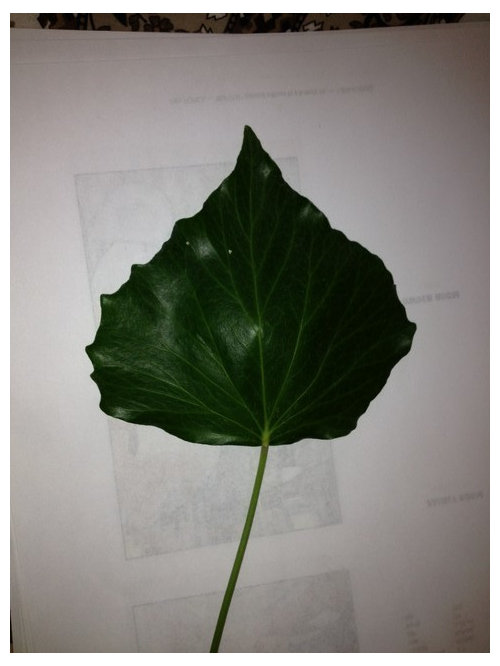
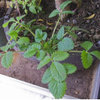
jean001a
Kimmsr
Related Professionals
Derry Landscape Architects & Landscape Designers · West Milford Landscape Architects & Landscape Designers · Williamsburg Landscape Contractors · Desert Hot Springs Landscape Contractors · Duarte Landscape Contractors · Edinburg Landscape Contractors · El Segundo Landscape Contractors · Lexington Landscape Contractors · Mendota Heights Landscape Contractors · Norwalk Landscape Contractors · Parkland Landscape Contractors · San Rafael Landscape Contractors · Vashon Landscape Contractors · Wells Landscape Contractors · Sun Valley Landscape Contractorsjean001a
seydouxOriginal Author
Tiffany, purpleinopp Z8b Opp, AL
seydouxOriginal Author
Tiffany, purpleinopp Z8b Opp, AL
lisanti07028
jean001a
Kimmsr
jean001a
Kimmsr
Kimmsr